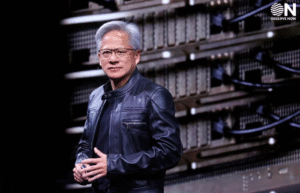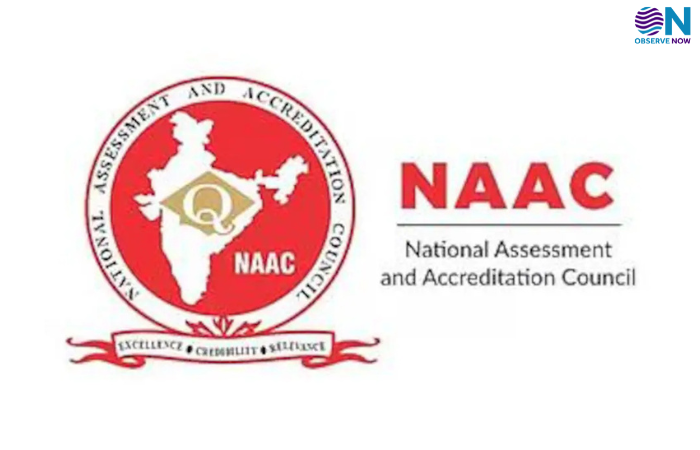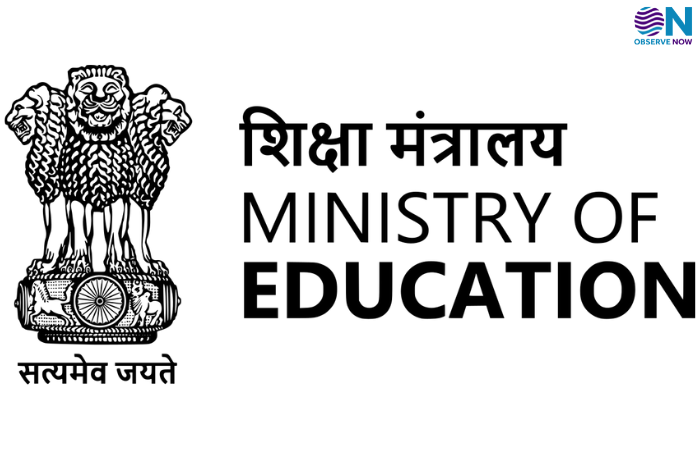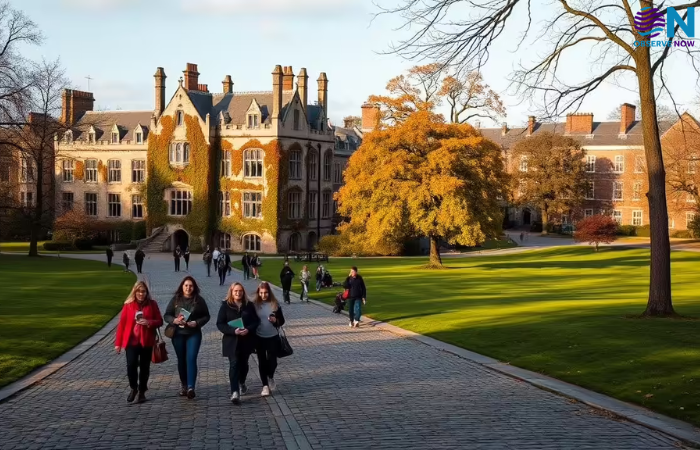Google Finance Transforms into AI-Driven Smart Investment Hub
Google has unveiled a significant overhaul of Google Finance, turning the long-standing financial tracking service into an AI-powered investment assistant designed to make market intelligence more accessible and interactive. The upgraded platform introduces a suite of advanced tools, including an intelligent chatbot, enhanced charting features, and a real-time news feed, all working together to create a conversational and highly personalized financial dashboard.
The centerpiece of the redesign is the AI chatbot, capable of interpreting user questions in natural language and delivering clear, context-aware responses. For instance, a user can now ask, “Which tech stocks have outperformed the S&P 500 over the past year?” or “Show me companies with strong earnings growth but low debt,” and the chatbot will instantly compile relevant data. Google has trained this tool to go beyond simple facts, offering deeper insights, trend analysis, and tailored investment suggestions based on a user’s portfolio and market preferences.
In parallel, Google has reengineered its charting system, enabling investors to explore more nuanced visualizations. Historical data can be compared across different asset classes, sectors, and geographies, while new interactive features allow for scenario modeling—helping users assess how economic events or market shocks might impact investments. These tools aim to bridge the gap between professional-grade analytics and everyday retail investors.
The integrated news feed is another major upgrade. Powered by AI, it curates market developments in real time, prioritizing articles and updates most relevant to each investor’s tracked watchlist or recent search activity. This ensures that users stay informed without being overwhelmed by irrelevant information.
Google executives have positioned this transformation as part of a broader mission to democratize access to high-quality financial intelligence. By blending conversational AI with robust data tools, the company hopes to empower individual investors to make decisions with the same depth of understanding typically reserved for institutional players.
The revamp also signals Google’s growing ambitions in the fintech space, where competition is intensifying. Rivals such as Yahoo Finance, Bloomberg, and new AI-driven platforms like Perplexity Finance are racing to integrate similar features. However, Google’s deep integration across its ecosystem—from Search to Google Workspace—may give it a competitive advantage in reach and user experience.
Beyond the opportunities, the shift raises important questions about data privacy and security. Analysts note that as AI-driven platforms collect and process more personal investment information, ensuring transparency in how data is used will be crucial to maintaining user trust. Ethical use of AI, bias mitigation in recommendations, and clear disclosures around financial advice will also be key considerations.
With this overhaul, Google Finance is positioning itself not just as a stock-tracking tool but as a full-fledged financial command center. For casual users, it offers a more approachable way to learn about markets and manage investments. For seasoned traders, it provides deeper analytical capabilities and faster decision-making tools. As AI continues to reshape financial services, Google’s latest move could set a new benchmark for what a modern investment platform should look like.




















